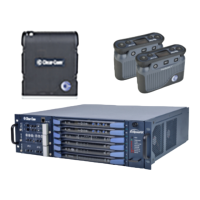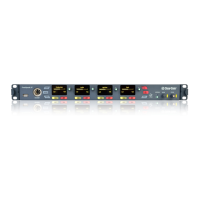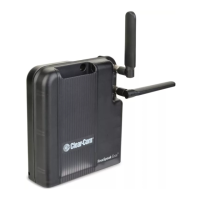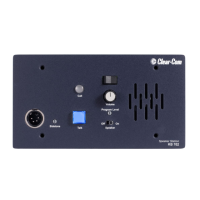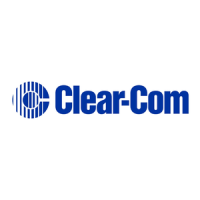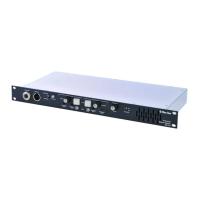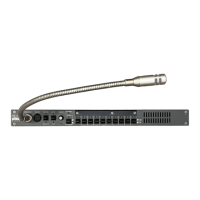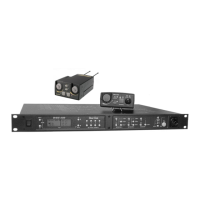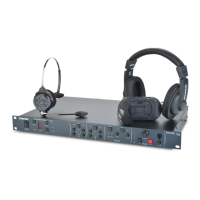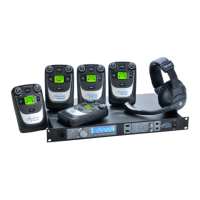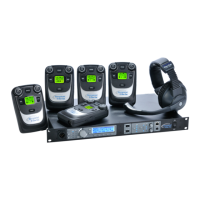FreeSpeak II for Eclipse | User Guide
5. Draw a map of the coverage zone for the transceiver. The coverage zone is the area where
the signal strength, as a rule-of-thumb, is 30 or above and the Line Quality is 3-5.
6. Repeat this process for as many transceivers as necessary to cover the required area.
Overlap coverage zones so that there is no area where the signal strength is below 30, and
no area where the error rate is above a few percent.
7. Adjust the transceiver placement to get the best coverage.
In some environments you might observe that despite having a high signal strength, the
beltpack consistently reports a high error rate.
This could be due to two things:
l
In-band interference from an RF source broadcasting in the DECT area of the spectrum.
This can be verified using a DECT band monitor or by using a Spectrum Analyzer.
l
Long Delay Spread Multipath, where the signal is bounced off a number of reflective
surfaces, such as metal ceilings, gantries, walkways or other large structures. This
problem is greatest where the reflective surface is large and exists at a range of distances
from the transceiver. To reduce the problem, consider siting the transceiver where it
cannot “see” the reflective surface or installing a reflector close to the transceiver
between it and the reflective surface.
Page 91

